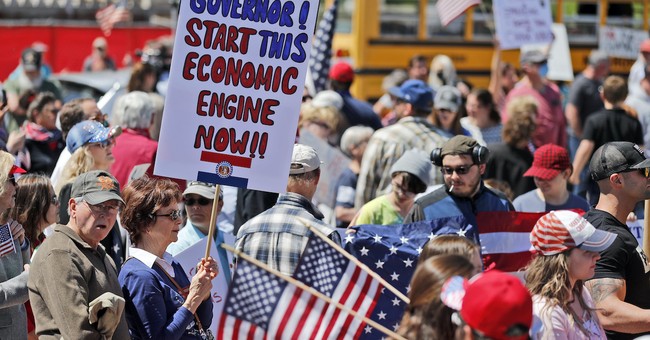
On Monday morning, most of the country will begin the seventh week of the COVID-19 quarantine. Following advice from the experts, President Trump made the decision to shut down the U.S. economy for 15 days, at which time, he and his advisors would reassess. The strategy made sense at the time. A pandemic, made in China, was spreading across the world and the death toll was mounting by the day. All over the world, people were frightened. This was virgin territory for all of us.
Six weeks later, much has changed. Most importantly, the COVID curve is at or beyond its peak in every state, well beyond in some cases, which had been the goal of the shutdown. We’ve learned that the virus arrived in the U.S. much earlier than thought and that up to 33 percent of Americans have antibodies present in their blood, meaning they’ve had the disease although some may not have realized it.
Dr. Scott Atlas, the former neuroradiology chief at Stanford University Medical Center, wrote an op-ed at The Hill on Friday that every American should read. He lays out five key facts that no one is paying attention to. He calls on policymakers “to ignore the panic and rely on facts. Leaders must examine accumulated data to see what has actually happened, rather than keep emphasizing hypothetical projections; combine that empirical evidence with fundamental principles of biology established for decades; and then thoughtfully restore the country to function.” The bottom line is that the mortality rate for COVID is equivalent to the annual flu.
Atlas makes the case that total isolation no longer makes sense and that it’s time for Americans to go back to work.
Fact 1:
The recent Stanford University antibody study concluded the death rate to be between 0.1 to 0.2 percent, in other words, right in line with the seasonal flu.
Initial projected death rates from the World Health Organization “were 20 to 30 times higher.”
Please take a look at the following statistics from New York City:
Death Rate:
Under 18 years old: zero and (0 per 100,000 in the population)
18 to 45 years old: 0.01 percent (11 per 100,000 in the population)
75 and over: 0.80 percent (death rate is 80 times that of 18 to 45 years old)
Of all fatal cases in New York State:
Over 70 years of age: 2/3 of all deaths
Over 50 years of age: 95 percent
Underlying illness: 90 percent
Of 6,570 confirmed COVID-19 deaths fully investigated for underlying conditions to date:
6,520, or 99.2 percent, had an underlying illness.
Dr. Atlas concludes that “if you do not already have an underlying chronic condition, your chances of dying are small, regardless of age. And young adults and children in normal health have almost no risk of any serious illness from COVID-19.”
Fact 2:
Hospitalizations in New York City as of Friday, April 24: 34,600
Under 18 years old: 0.01 percent
18-44 years old: 0.10 percent
65 to 74 years old: 1.7 percent
Dr. Leora Horwitz of NYU Medical Center concluded: “age is far and away the strongest risk factor for hospitalization.” Dr. Atlas notes that early on, even WHO reported that 80 percent of all cases were mild. It’s been said many times that 50 percent of all cases are asymptomatic. “The vast majority of younger, otherwise healthy people do not need significant medical care if they catch this infection,” Dr. Atlas said.
Fact 3:
The quarantines have prevented us from achieving herd immunity. This, Dr. Atlas points out is just “prolonging the problem.” In the last week or so, we’ve seen several studies showing that 30 percent or more of groups tested are found to have developed antibodies.
For most people who test positive for COVID, “medical care is not even necessary. In fact, infected people without severe illness are the immediately available vehicle for establishing widespread immunity. By transmitting the virus to others in the low-risk group who then generate antibodies, they block the network of pathways toward the most vulnerable people, ultimately ending the threat. Extending whole-population isolation would directly prevent that widespread immunity from developing.”
Fact 4:
“People are dying because other medical care is not getting done due to hypothetical projections.”
This is something that we’re starting to hear about more and more. Due to COVID, people were asked to postpone elective surgeries and procedures. Not only that, many people have skipped appointments with their cardiologists and other doctors because they are afraid of contracting the virus in a medical facility. The fear factor has resulted in what could have been preventable deaths.
Dr. Atlas writes:
Critical health care for millions of Americans is being ignored and people are dying to accommodate “potential” COVID-19 patients and for fear of spreading the disease. Most states and many hospitals abruptly stopped “nonessential” procedures and surgery. That prevented diagnoses of life-threatening diseases, like cancer screening, biopsies of tumors now undiscovered and potentially deadly brain aneurysms. Treatments, including emergency care, for the most serious illnesses were also missed. Cancer patients deferred chemotherapy. An estimated 80 percent of brain surgery cases were skipped. Acute stroke and heart attack patients missed their only chances for treatment, some dying and many now facing permanent disability.
This is one of the unintended effects of the quarantine and it’s bigger than you might think. I’ll be expanding on this subject in a post later today.
Fact 5:
We know that the elderly and those with underlying health issues are the most vulnerable members of the population. And those who fall into this category should absolutely remain in quarantine.
“Knowing that,” says Dr. Atlas, “it is a commonsense, achievable goal to target isolation policy to that group, including strictly monitoring those who interact with them. Nursing home residents, the highest risk, should be the most straightforward to systematically protect from infected people, given that they already live in confined places with highly restricted entry.”
We must “strictly protect the known vulnerable, self-isolate the mildly sick and open most workplaces and small businesses with some prudent large-group precautions. This would allow the essential socializing to generate immunity among those with minimal risk of serious consequence, while saving lives, preventing overcrowding of hospitals and limiting the enormous harms compounded by continued total isolation. Let’s stop underemphasizing empirical evidence while instead doubling down on hypothetical models. Facts matter.”
President Trump was right to call for a quarantine. With the information that was available at the time, he really had no other choice. If he had done nothing, and the coronavirus had turned out to be far more lethal than what had been expected by the experts, or even as lethal as they’d warned, inaction could have been catastrophic.
Knowing what we know now, however, it’s time for us to go back to work. Because America has another problem to deal with – its economy.
(In the video below, a second Stanford University Medical Center doctor, Dr. John Ioannidis, urges America to open up the economy.)
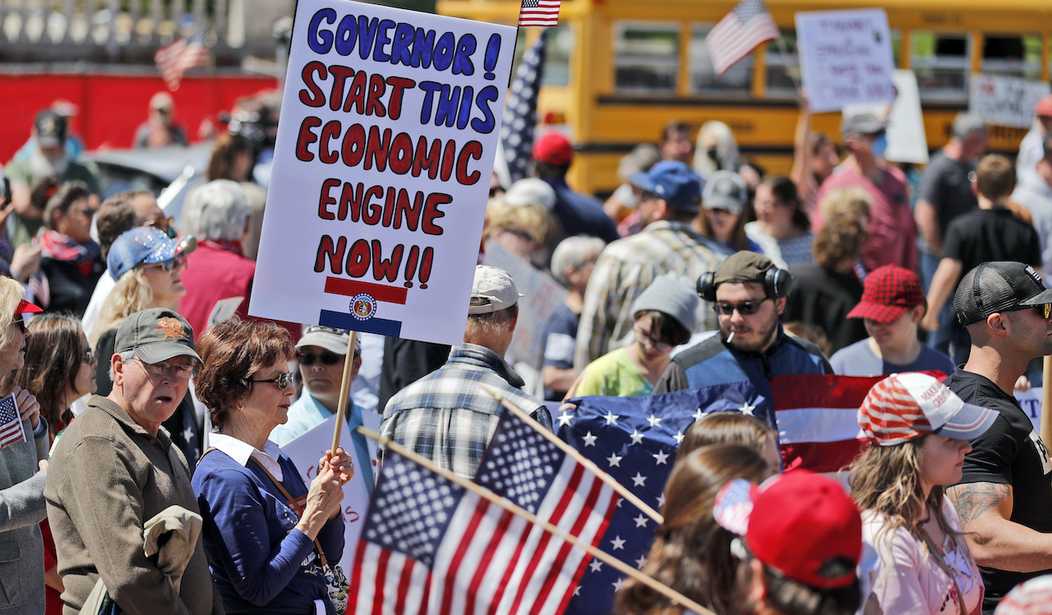
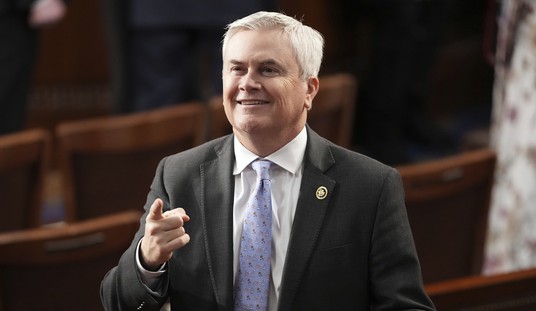


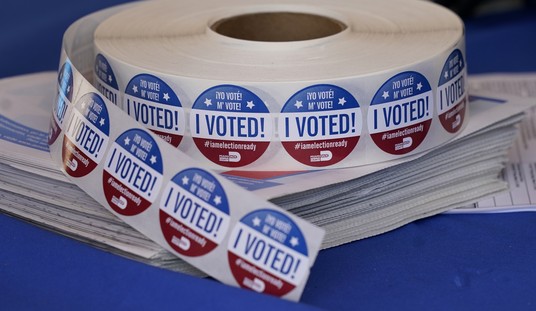


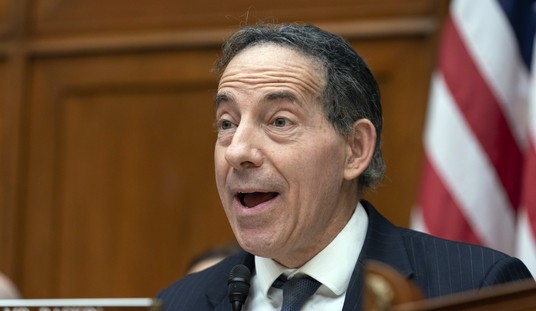





Join the conversation as a VIP Member